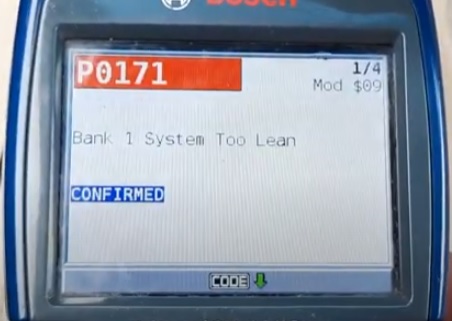
If you have a Honda with a P0171 error code, the onboard computer (ECM) sees a problem with the gas/air-fuel ratio.
The official definition for a P0171 error code is “Bank 1 System Too Lean.”
What is a Honda P0171 Error Code?
A Honda with a P0171 OBDII error code is a “Bank 1 System Too Lean.
The onboard computer is receiving data that there is a problem with the Air/Fuel ratio on Bank 1 of the engine.
Bank 1 is the side of the engine with the number one cylinder, so the engine side with the number-1 spark plug will be the side that is having the issue.
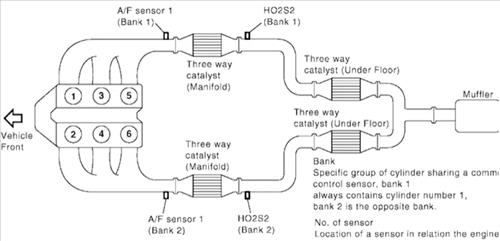
A 4-cylinder engine will only have 1-bank, while a V6 or V8 engine will have 2-banks.
When an engine runs lean, it means there is too much oxygen or too little fuel in the system.
Symptoms of a P0171 Code
- Engine Light on
- Failed Emissions Test
- Bad Gas Mileage
- Stalling
- Rough Idle
- Misfire
The symptoms of a P0171 Code can vary and depends on how bad the air-fuel ratio is off.
If the ratio is only slightly off the vehicle may not have many symptoms and maybe drive-able.
If the ratio is widely off, the vehicle will likely run badly with a rough idle and possibly stalling.
4 Causes and Fixes of a Honda P0171 Code
- Oxygen Sensor
- Vacuum Leak
- Bad or Dirty MAF Sensor
- Fuel Injectors
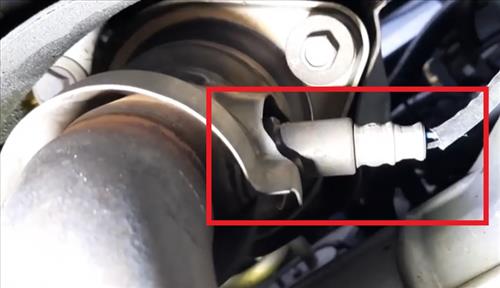
A bad oxygen (O2) sensor will cause a P0171 Code.
A Honda engine will have two O2 sensors on each bank which sends data to the onboard computer (ECM), for what the air/fuel mix ratio is, and the ECM adjusts with this data.
The first O2 sensor before the catalytic converter is called the upstream sensor 1, and the second O2 sensor is called the downstream sensor 2.
When a sensor goes bad, the data being sent is wrong, which can cause a lean condition.
If you have an OBDII scan tool, you can read the live data, which will help narrow down an O2 sensor problem.
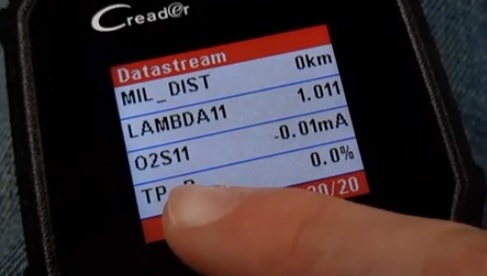
The upstream oxygen sensor is usually labeled O2S11, and the downstream sensor is usually labeled O2S12.
A P0171 Code in Honda usually points to the upstream oxygen sensor-1 as the issue but can also be the downstream O2 sensor.
A vacuum leak also commonly causes a P0171 code.
Small vacuum leaks can be hard to find, while large leaks usually make a loud sucking noise and are usually easy to find.
When there is a small hard to find vacuum leak, a mechanic shop will use a smoke machine to feed smoke into the system, which will come out of the leak.
A common vacuum leak spot in Honda is the PVC Valve which is good to check first.
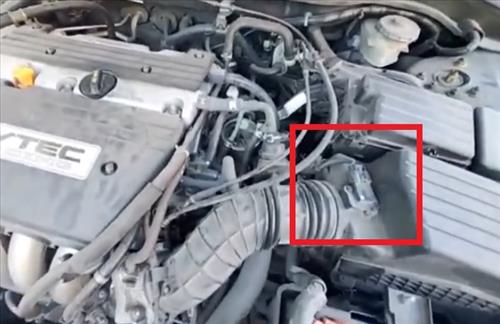
The Mass Air Flow Sensor (MAF) is located on the air intake box right after the air filter.
They can become dirty and need to be cleaned with MAF cleaner.
Of course, it can also go bad and need to be replaced.
A clogged or bad Fuel Injector can cause an issue.
If one becomes clogged, it will not spray fuel correctly and can give a P0171 code.
Often one or more of the injectors can become faulty and spray less than the amount it is rated to spray.
This will cause the fuel/air ratio to become wrong, and the onboard computer may give a P0171 code.
Summary
If you have a Honda with a P0171 code, the ECM is reading a problem with the air/fuel ratio running lean.
This is caused by too much oxygen or too little fuel in the system.
There are several things that can cause the error, including a vacuum leak, O2 sensor, and fuel injector.
Of course, it can also be wiring related to each component.
For example, if a wire going to an O2 sensor has become cut and is open, it will give the same results as a bad sensor.
Have you had a Honda car with a P0171 OBDII error code? Let us know your thoughts below.
My Honda Accord won’t start if it is too cold 20degrees or below that, engine light on code p0171 says it is the breather hose, maybe mass airflow sensor,pcv valve.
Bruce,
Thank you for that insight.
I have a 2006 Accord EX-L
Over the past couple weeks, it started throwing lean codes (P0171 and P0174) on both banks. I think it may have started only on one bank, but now both are reporting it.
I was just about to order new AF sensors, but now, thanks to your comment, I think I will pull the plugs and inspect them. I think I’ll start on the front bank (Bank 2), because it looks like that side has been running hotter.
The engine is a little hard to start sometimes (usually 1st time in the morning) and my fuel economy has dropped significantly. I can also smell the richness in the exhaust fumes.
Sometimes troubleshooting can be a pain (even if you have a good scan tool), when the car’s sensors react to a different problem and the computer takes corrective action to resolve it and then ends up throwing a code for what it thought was doing the right thing.
This is where parts start getting thrown at the problem. Sometimes it’s hit or miss.
I will check back and report my findings after this weekend.
Great article. Everything you say is true. Although there is a quirk in these kind of fuel systems that should also be understood in order to troublshoot successfully. If you have a spark plug misfiring slightly, an air cleaner plugged, a coilpak that has seen better days, and fuel injectors can fail so they spit out fuel like a fire hose etc. All Meaning unburnt fuel will make its way into the exhaust. And what is in unburnt fuel? Oxygen. And what is the only thing an oxygen sensor can sense? Oxygen. The system will read the oxygen in the unburnt fuel and say hmm, looks like we are too high in oxygen. Lets add some more fuel…. and around we go until the system maxes out the fuel it can provide and throws a lean code. Maybe even on both banks. I would start by pulling the plugs and look. A rich condition with a lean code is common.
Cya